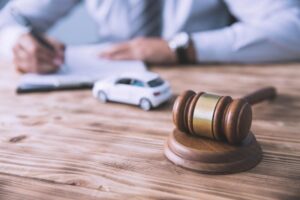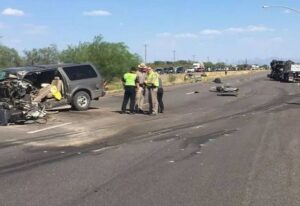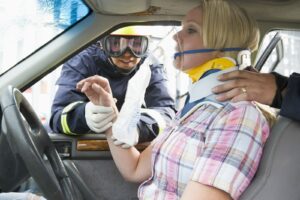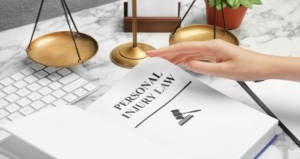The Traffic Collision Report or CHP 555 is the standard reporting tool for most all police officer traffic investigators in California. It is intended to satisfy the basic data requirement needs of all users of traffic collision information.
The very first part of the police report many attorneys look at first is the box on page 2 of the CHP 555, “Primary Collision Factor List Number of Party At Fault. “Primary Collision factor is defined as follows; “9. PRIMARY COLLISION FACTOR. Select the one element or driving action which in the officer’s opinion, best describes the primary or main cause of the collision. Whenever possible, this should be a Vehicle Code violation.”
The term Other Associated Factor is defined as; “19. OTHER ASSOCIATED FACTORS(S). When a secondary violation has been determined to have contributed to the collision, write the VC section in the appropriate box.”
Who Has Standing to Obtain a Copy of the Traffic Collision Report? Drivers involved in auto accidents are required by statute to file reports with the California Highway Patrol or local police department, see vehicle code section 20008. People with a “proper interest” can obtain copies of a police report, see vehicle code section 20012.
The parties involved in the accident or any other persons having a “proper interest” may obtain copies of a police report, vehicle code section 20012; California ex rel Dept. of Transportation v. Superior Court 37 C3d 847, 855, 210 CR 219, 224, fn. 10. This includes persons involved in later accidents at the same location because the reports may disclose highway conditions causing their accident. See California ex rel. Dept. of Transportation v. Superior Court, supra.
Generally police reports contain statements of plaintiff, defendant, and non-party percipient witnesses. Whether or not these statements are admissible depends on whether or not they are hearsay. California Evidence code section 1200 states, “Hearsay evidence” is evidence of a statement that was made other than by a witness while testifying at the hearing and that is offered to prove the truth of the matter stated.”
What is admissible? Statements offered as impeachment of a witness or admissions from a plaintiff or defendant are typically hearsay exceptions and are admissible. So are percipient facts like measurements taken by the police officer.
Conclusion: The injured people involved in the accident or any other persons having a “proper interest” may obtain copies of a police accident report in California. Admissibility of the evidence within a policy report may depend on a hearsay analysis. Generally police reports contain statements of plaintiff, defendant, and non-party percipient witnesses. Whether or not these statements are admissible depends on whether or not they fit into one of many hearsay exceptions for admissibility.








